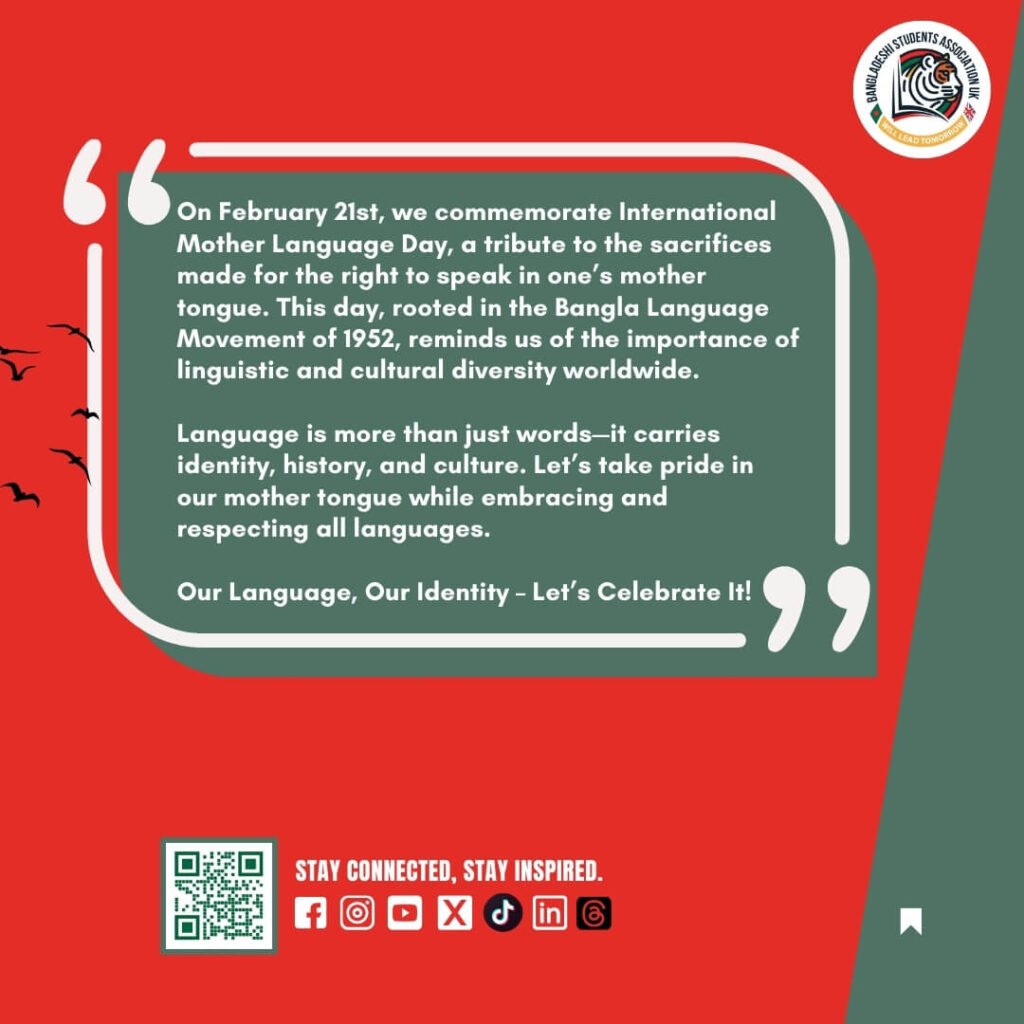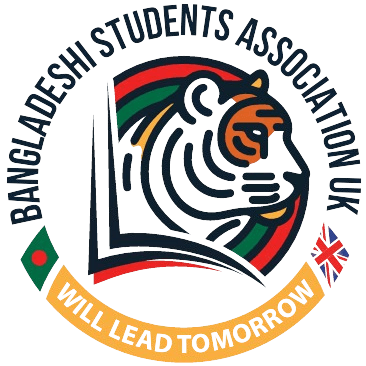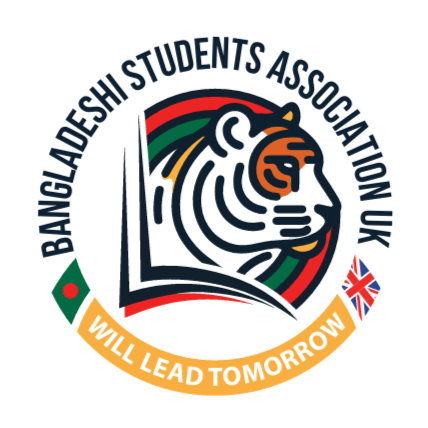February 21, 2025 — Every year on February 21, the world comes together to observe International Mother Language Day (IMLD), a day dedicated to promoting the importance of linguistic and cultural diversity. Established by the United Nations Educational, Scientific and Cultural Organization (UNESCO) in 1999, this observance serves as a call to action for the protection of endangered languages and the preservation of linguistic heritage worldwide.
At its core, International Mother Language Day is a celebration of the languages that shape our identities, cultures, and ways of thinking. It recognizes that language is more than just a means of communication — it is a vital part of our collective heritage and a key tool in education, social inclusion, and community cohesion. Yet, in today’s rapidly globalizing world, languages are under threat. An estimated 40% of the global population does not have access to education in their mother language, and more than 3,000 languages are at risk of disappearing. This makes the observance of International Mother Language Day even more critical.
The Origins: A Day Rooted in Tragedy and Advocacy
The choice of February 21 as the date for International Mother Language Day is deeply rooted in history. It commemorates the language movement in Bangladesh that led to a tragic loss of life. On February 21, 1952, students in Dhaka, Bangladesh, took to the streets to demand the recognition of Bengali as one of the official languages of Pakistan. At the time, the government of Pakistan had declared Urdu as the sole national language, leaving Bengali speakers feeling marginalized and silenced.
The peaceful protests turned violent, and several students were killed by police forces, a sacrifice that became a symbol of the struggle for linguistic and cultural rights. These events are known as the Language Movement Day, which later inspired the recognition of Bengali as an official language of Bangladesh. The sacrifices of the students became a turning point in the global movement for linguistic rights and highlighted the importance of recognizing languages that reflect the identity and culture of people.

The Vision Behind International Mother Language Day
Since its establishment, International Mother Language Day has aimed to highlight the significance of mother tongues in fostering identity and cultural diversity. UNESCO’s key message on this day is clear: the preservation of languages is essential not only for safeguarding heritage but also for ensuring inclusive education and promoting sustainable development. Language is at the heart of knowledge transfer, education, and access to opportunities.
The observance of IMLD emphasizes the importance of multilingual education, which enables students to learn in their native language while also acquiring proficiency in other languages. The ability to speak in one’s mother tongue enhances cognitive development and strengthens self-esteem, which in turn leads to better educational outcomes.
Celebrating Linguistic Diversity: The Global Call to Action
International Mother Language Day has grown to become a platform for people and institutions worldwide to recognize the importance of linguistic diversity. Schools, universities, cultural organizations, and governments organize events, discussions, and activities to promote awareness of the role of mother languages in fostering community ties and personal identity.
In many countries, IMLD is an opportunity to reflect on the state of indigenous languages and those at risk of extinction. According to UNESCO, a language dies every two weeks, and with it, a unique world view and cultural knowledge is lost. While some of these languages may be revitalized through education and community efforts, many others are not so fortunate. A major objective of IMLD is to encourage governments to adopt policies that protect and promote languages, particularly those that are endangered.
A Commitment to Multilingualism and Social Inclusion
The theme of each year’s International Mother Language Day serves as a reminder of the ongoing need for global commitment to multilingualism. The theme often focuses on practical steps to enhance the preservation of languages through education, such as advocating for language rights in school curricula, media, and technology. These efforts aim to ensure that no language or culture is left behind.
IMLD also highlights the importance of cultural and social cohesion in diverse societies. Promoting the use of multiple languages helps foster tolerance and understanding among different cultural groups. Multilingualism, after all, is a bridge — a bridge to communicate, share knowledge, and build stronger connections within communities.
IMLD and the Role of Technology in Language Preservation
With technology playing a central role in today’s world, it is increasingly being harnessed to preserve endangered languages. Digital platforms, language apps, and online learning tools are being developed to support the documentation and revitalization of languages that have historically been overlooked or marginalized. Social media, podcasts, and online videos provide new avenues for people to learn and celebrate their native languages in global communities.
However, despite the promising impact of technology, much work remains to be done. Governments and institutions must work together to bridge the gap between digital access and language preservation. By supporting the use of mother tongues in the digital sphere, we can help ensure that languages survive and thrive in the modern world.
Conclusion: A Call to Protect Our Linguistic Heritage
As we mark International Mother Language Day each year, we are reminded of the profound impact that languages have on our identities, cultures, and societies. The observance challenges us to reflect on the ways in which we can contribute to the protection and preservation of our linguistic heritage.
In an increasingly interconnected world, it is essential that we recognize the importance of multilingualism, celebrate the richness that linguistic diversity brings, and commit ourselves to the preservation of languages for future generations. As UNESCO has emphasized, “languages are the most powerful instruments of preserving and developing our tangible and intangible heritage.” By honoring our mother languages, we honor the cultures, histories, and identities that shape who we are.
Through collective effort, we can ensure that every language, no matter how big or small, continues to be valued, preserved, and celebrated for generations to come.


